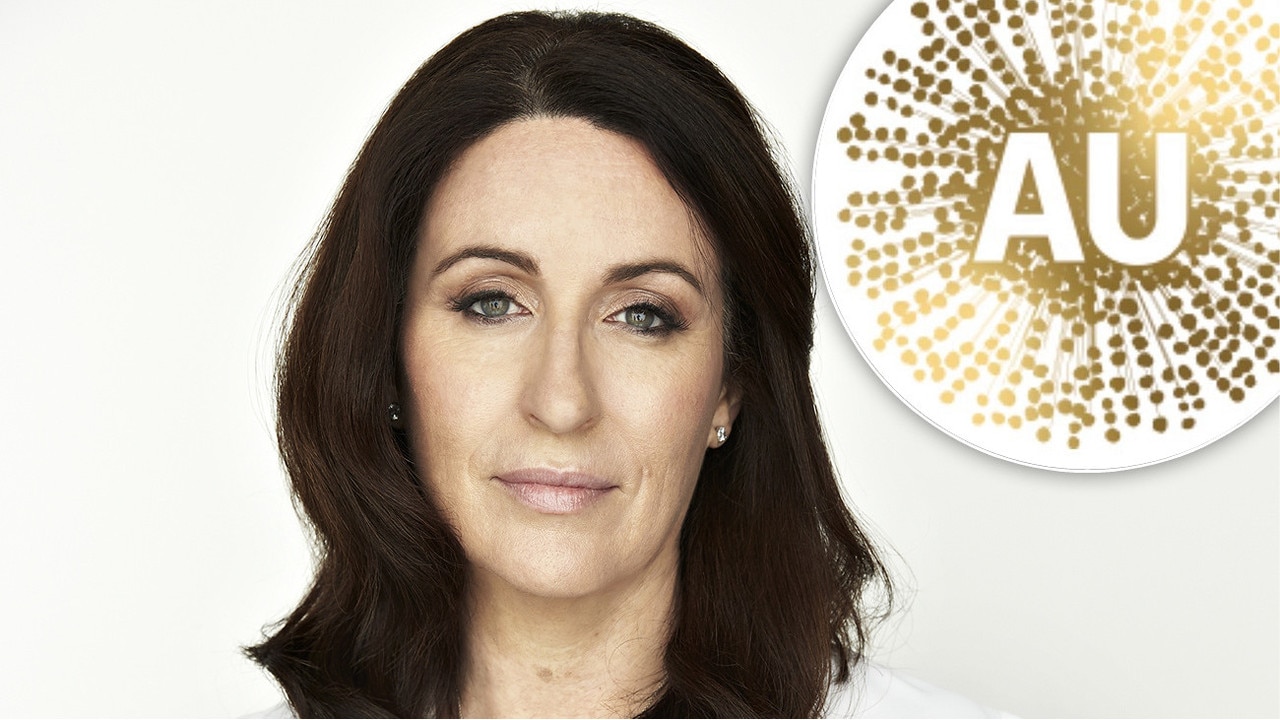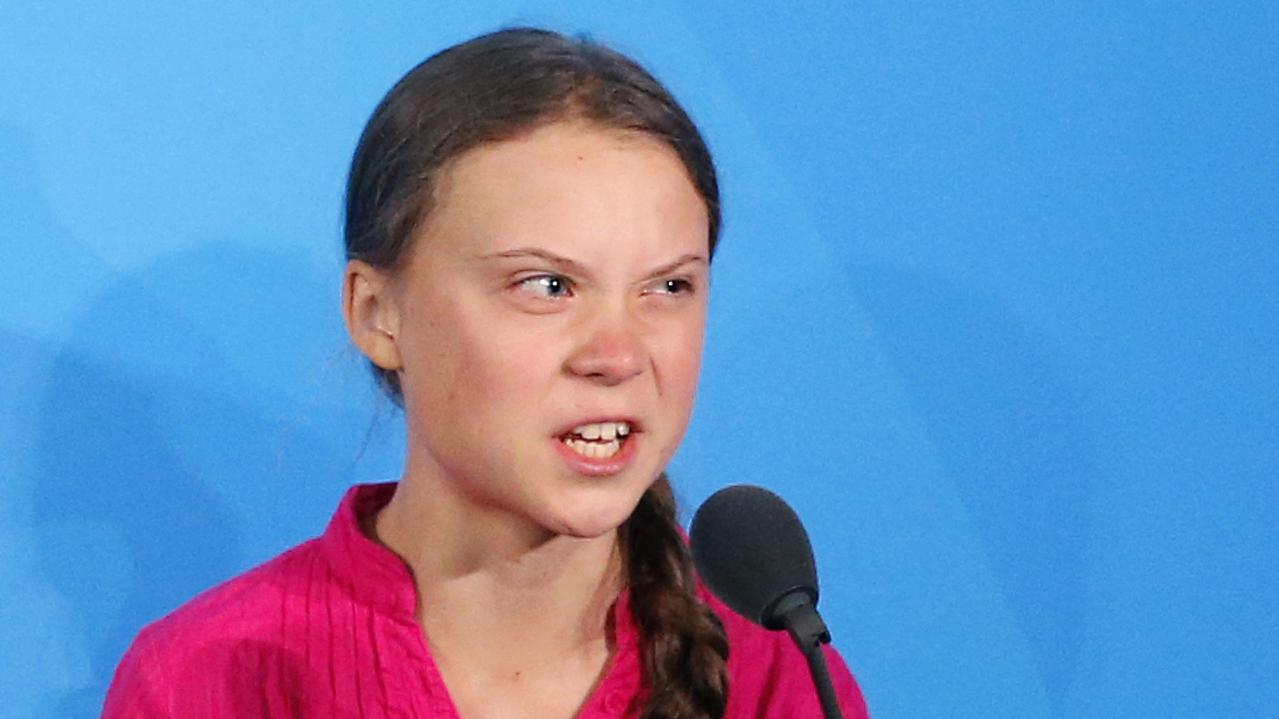It’s time to stop farming our sunburnt land
Images of the drought are heartbreaking, but we need to begin asking harder questions — and then making some tough decisions — about the future of food security in Australia, writes Duncan Lay.
Rendezview
Don't miss out on the headlines from Rendezview. Followed categories will be added to My News.
Is it time for us to start talking about whether there are some parts of our sunburnt country that are no longer suitable for farming?
I don’t mean what passes for debate today, which seems to be lots of people all screaming at each other on social media, like a pack of overtired toddlers squabbling over the last piece of cake at the birthday party.
No, a serious, proper conversation about the future of food security in this country.
To me, Australia is like the world’s weirdest chocolate. It’s dry in the centre, with a moist outer coating.
Yet we waste most of the best bits, around the outside, on housing developments and hobby farms. How is that sensible?
MORE FROM DUNCAN LAY: What I learnt while teaching my kid to drive
Now, obviously this terrible drought that is gripping almost all of NSW will break eventually — probably with some huge flood that causes as much damage as it provides relief.
But there are many farms out there that have not had a decent crop in years.
Do we think climate change is going to improve that?
Or is it only going to exacerbate the issue, with areas suffering from years of drought followed by a season or two of relief?

And let’s be honest with ourselves. Australia is not going to turn back the tide on climate change by ourselves. We could switch off all the lights tomorrow and the worldwide effect would be about four-fifths of bugger all.
We have to get the biggest polluters on side to make a real difference. So let’s see where some big cuts might come from.
China isn’t going to do anything to harm its economy. The unspoken deal it seems to have with the people is they are willing to give up freedom and hope of democracy in exchange for hot and cold running designer goods. Its leaders are terrified of Hong Kong-style protests reaching the mainland and they won’t risk upsetting the apple cart by taking drastic action.
Russia isn’t likely to do anything, either. For a start Putin seems to think that climate change is an invention of the corrupt West and, besides, it just gives him more opportunities for shirtless photos.
MORE FROM DUNCAN LAY: How to get pollies to care about hospitals
Then we have India. With millions living in what the West would regard as abject poverty, of course they are going to want to expand their electricity base and give them more than just basic living conditions.

What about America? Sure, some states such as California are taking their own action. But you would need a Democrat President as well as Democrats having control of both the House and the Senate to see meaningful reductions. And that won’t happen for years, if at all.
So what do we do? Do we go down the rabbit hole of carbon emissions trading schemes and all the rest, deluding ourselves that we alone can “save” the planet? Or do we accept that getting world leaders to do something sensible is about as likely as finding a consensus on Twitter — and take steps to secure our food and water in the face of an increasingly unpredictable climate.
Make no mistake, declaring land no longer viable for farming will cause incredible hardship and misery. You are talking about potentially wiping towns off the map.
Yet they are already undergoing hardship and misery, while rich land east of the Great Dividing Range is being used for acreages that only grow lawn mowing companies. Or, worse, covered in concrete and sold off for exorbitant amounts of money by developers.
Do we continue to pour millions in aid into areas that are only able to be farmed perhaps one year in four?
Do we encourage some of the population to move west of the Dividing Range, returning former farmlands around Sydney to the farmers?
We have an Army Reserve. Why not a Farmers Reserve? I would argue that feeding a nation is just as important as keeping that nation safe.
Could we not create battalions of Reserve Farmers, not tied to a particular piece of land but able to travel around, following the rain, sowing crops when the land is able to sustain them and then moving on to another area when another drought hits?
They would be their own self-sufficient little town, with all the benefits of country life. And the cost of them would be paid back to taxpayers by some of the profits from the land they farm.
It’s a thought and I have no doubt there are many better thoughts out there.
So maybe we should start talking about them — talking, not shouting.
Duncan Lay is The Sunday Telegraph’s Masthead Chief.
duncan.lay@news.com.au
Originally published as It’s time to stop farming our sunburnt land


